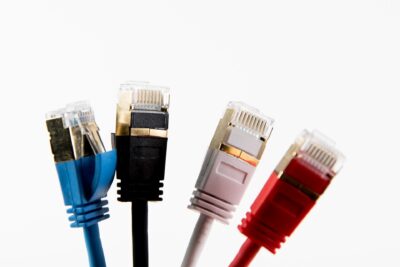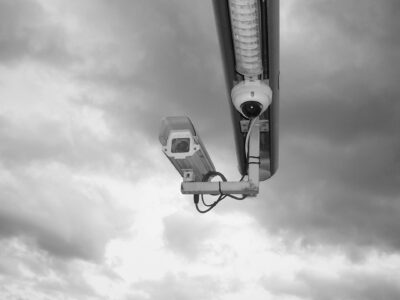Cat 5e cabling is the same speed as Cat 6 cabling, 1000Mbps, at any distance over 55 meters. Under 55 meters, Cat 6 is 10x faster than Cat 5e at 10Gbps. For this reason, Cat 6 is often used for shorter runs to utilize its higher speeds.
Both are Ethernet cables, Twisted-Pair cables with four pairs of wires, but Cat 6 cabling has each wire protected from crosstalk (electromagnetic interference (EMI)) by a thicker sheath. It is also wound tighter than Cat 5e. Cat 6 is thus superior to Cat 5e as it is exposed to less crosstalk (which can weaken the signal).
The third benefit from Cat 6 over Cat 5e is increased bandwidth. Cat 6 operates at 250 Mhz while Cat 5e operates at 100 Mhz. This increased bandwidth allows more data to be transferred in a given amount of time.
Cat 5e is a useful cable but it has mostly outlived its useful life and is outdated. Cat 6 and especially Cat 6A are the new standard. Look for our next article on Cat 6 vs. Cat 6A.









